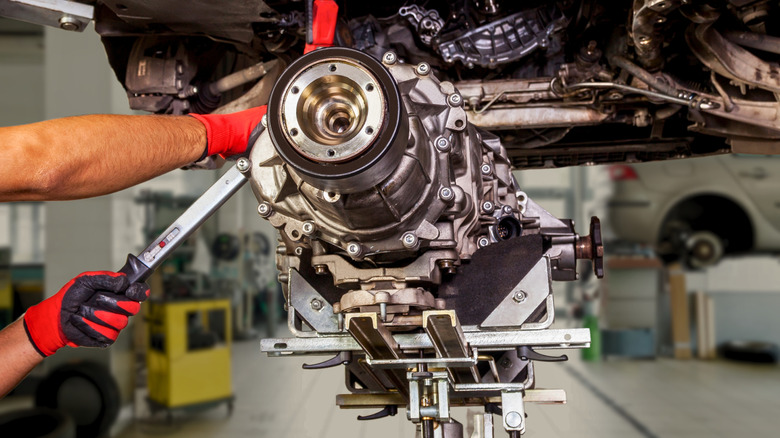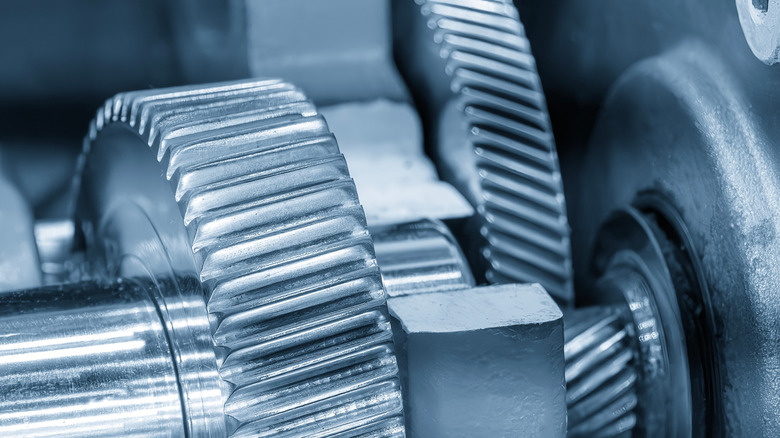Can Changing Your Gear Ratios Give Your Car A Higher Top Speed?
Few vehicle modifications have as major an impact as changing gear ratios, and it's because your car's gear ratio directly translates to how it delivers power. Think about it: The gear ratio, or how many times a driving gear needs to rotate in order to turn the driven gear once, determines how power from the engine is translated – either into acceleration or speed. For example, a 3:1 ratio means the input, or driving gear, spins three times for every one rotation of the output, or driven gear.
Higher gear ratios, like 4.11:1, are considered shorter. These provide more torque, but they decrease speed. On the flip side, lower gear ratios, like 3.08:1, are taller. These let your wheels turn more for each engine revolution, and they decrease torque, but increase the car's potential top speed. The key word here is potential.
Just because you change to a taller gear ratio doesn't necessarily guarantee a higher top speed. Your car still needs the right amount of horsepower to push through aerodynamic drag and rolling resistance at those higher speeds. If your engine doesn't produce enough revolutions per minute, or RPMs, you might never reach that theoretical top speed.
Understanding final drive and transmission gears
Let's talk about final drive ratios and their influence on both acceleration and top speed. These are typically found in the rear differential or integrated into the transaxle in front-wheel-drive cars. They're your vehicle's last set of gears before power reaches the wheels.
In rear-wheel-drive cars, the final drive receives torque from the driveshaft at a 90-degree angle and translates it to the wheels through the differential. Common final drive ratios range from around 3:1 to 4.5:1. This doesn't just have an impact on how fast your car can go, it also affects how your engine operates at cruising speeds. It's the great horsepower vs. torque debate: With a higher gear, you're cruising with lower engine RPMs, which can improve fuel economy and reduce engine wear. However, it could also drop you below the optimal torque.
Changing transmission gear ratios can also change how quickly you accelerate through each gear. Unless this change comes with a drastically different top gear ratio, most of your top speed potential will come down to the final drive, and the engine power at redline.
The real-world limits of gear ratio changes
While changing your gear ratio can technically give your car a higher top speed, it only works if you meet a few conditions first. First, your engine needs to have enough horsepower to push the vehicle faster. That means overcoming increasing aerodynamic drag, which, logically, rises exponentially with speed — a car needs far more power to go from 120 mph to 140 mph than it does to go from 60 to 80.
Second, even if your final drive lets your wheels spin faster with each engine revolution, your engine still has a maximum RPM limit. If you're redlining before the car hits its potential top speed, the gearing change really won't do anything. Not to mention, the wrong tires could cancel out any gains because the tires are spinning faster but covering less ground per rotation.
Also, don't forget about real-world drivability. A gear ratio adjusted for top speed could make your car more sluggish at low speeds. Try to find a compromise between usable acceleration, engine efficiency, and top speed.


